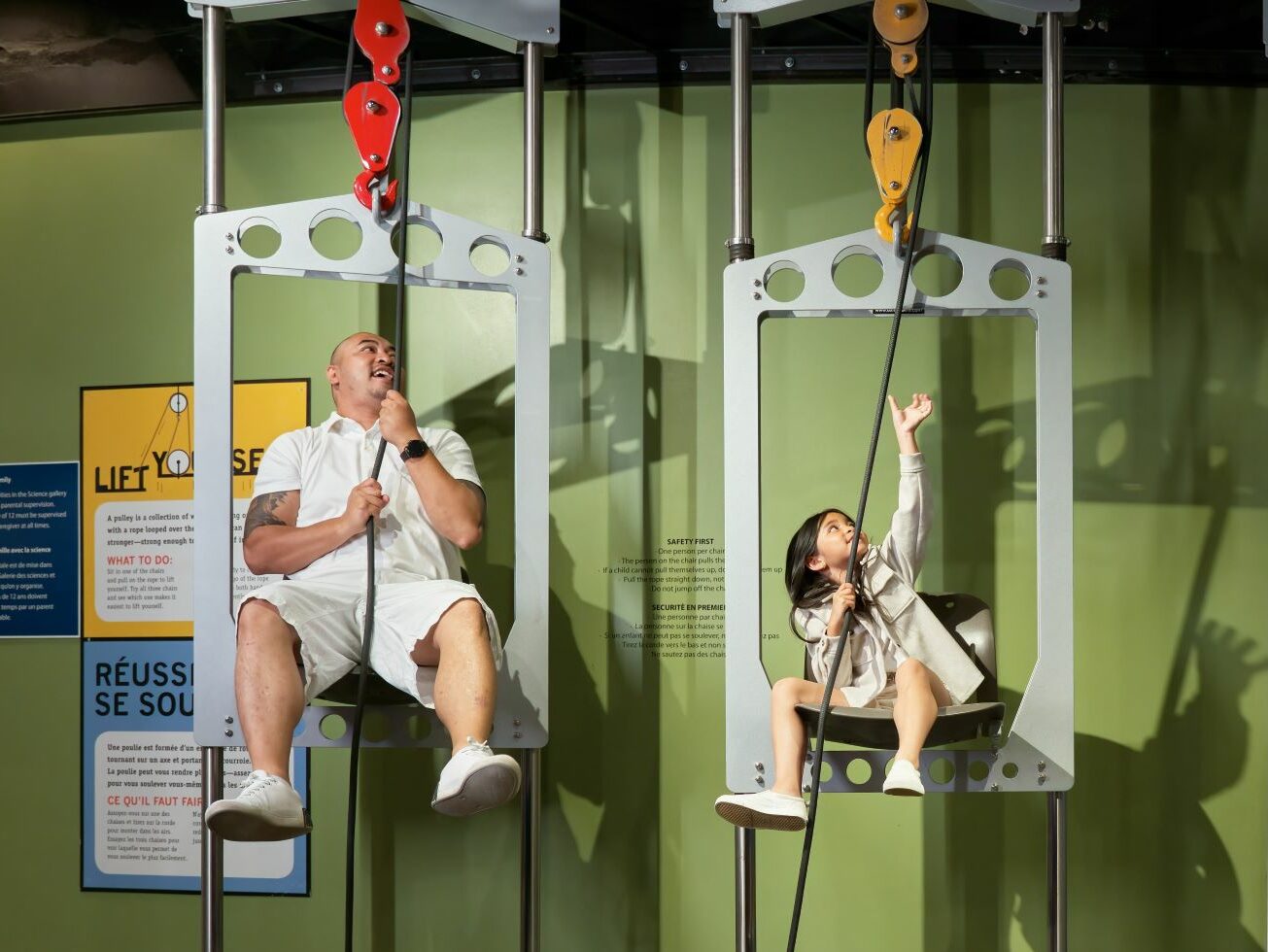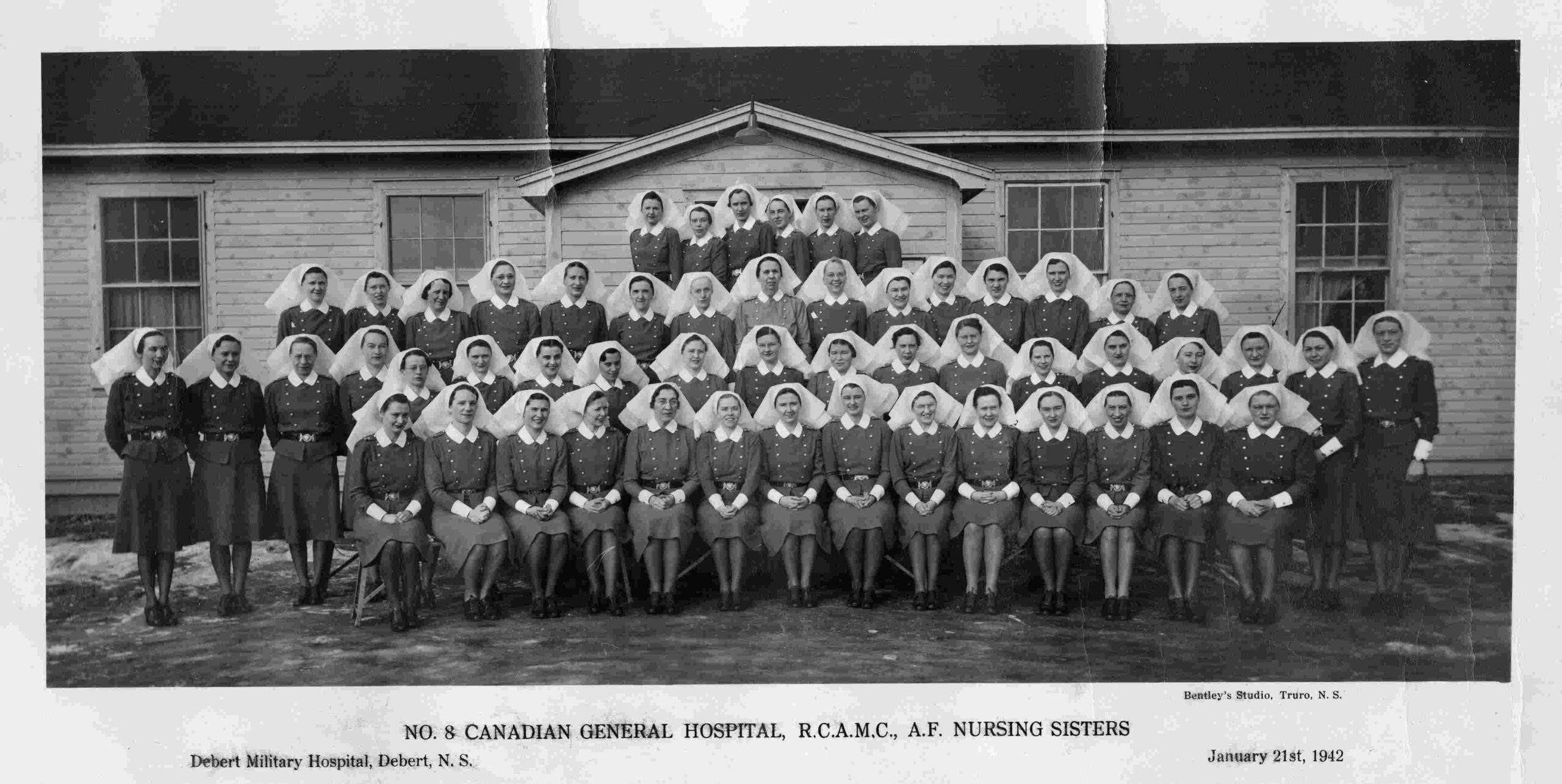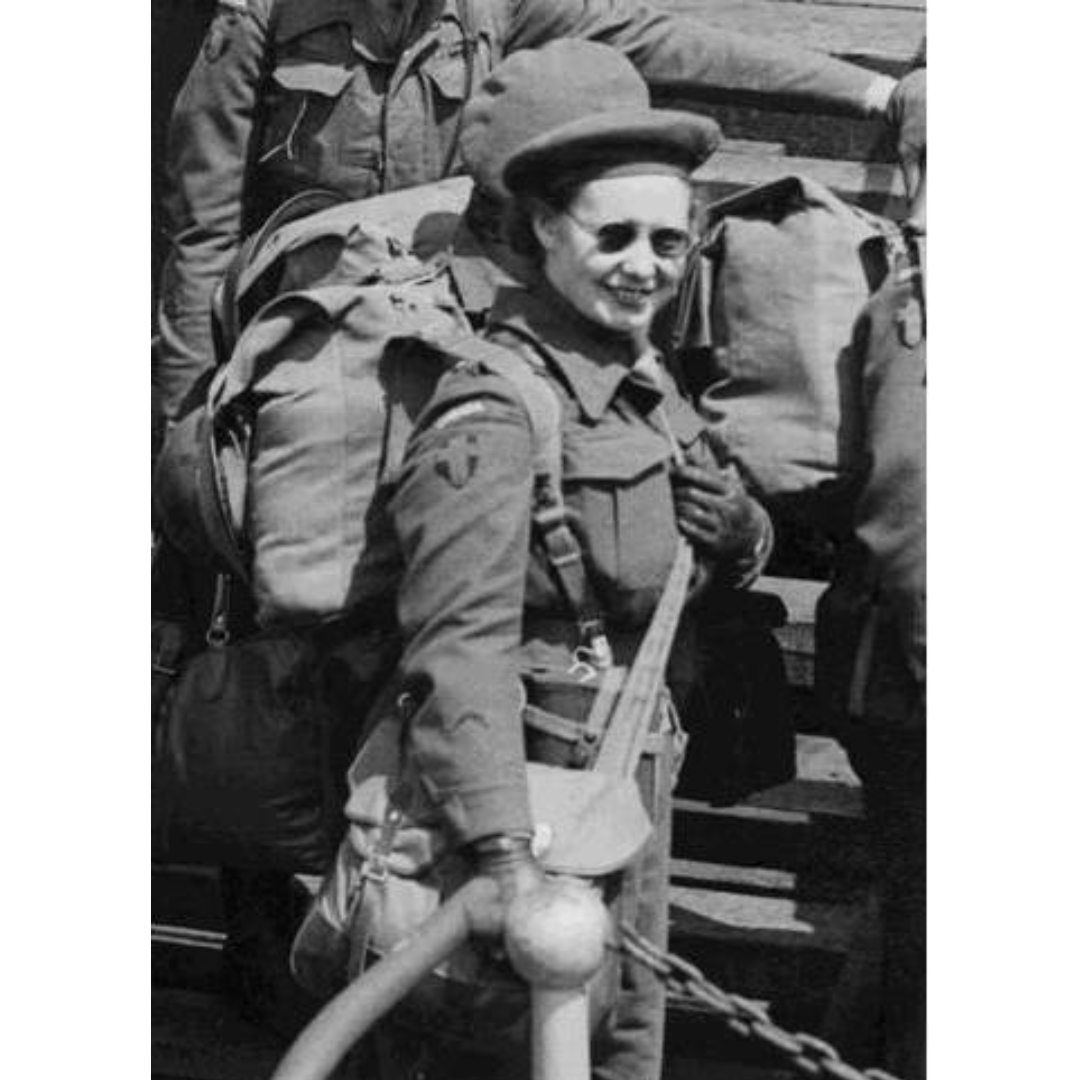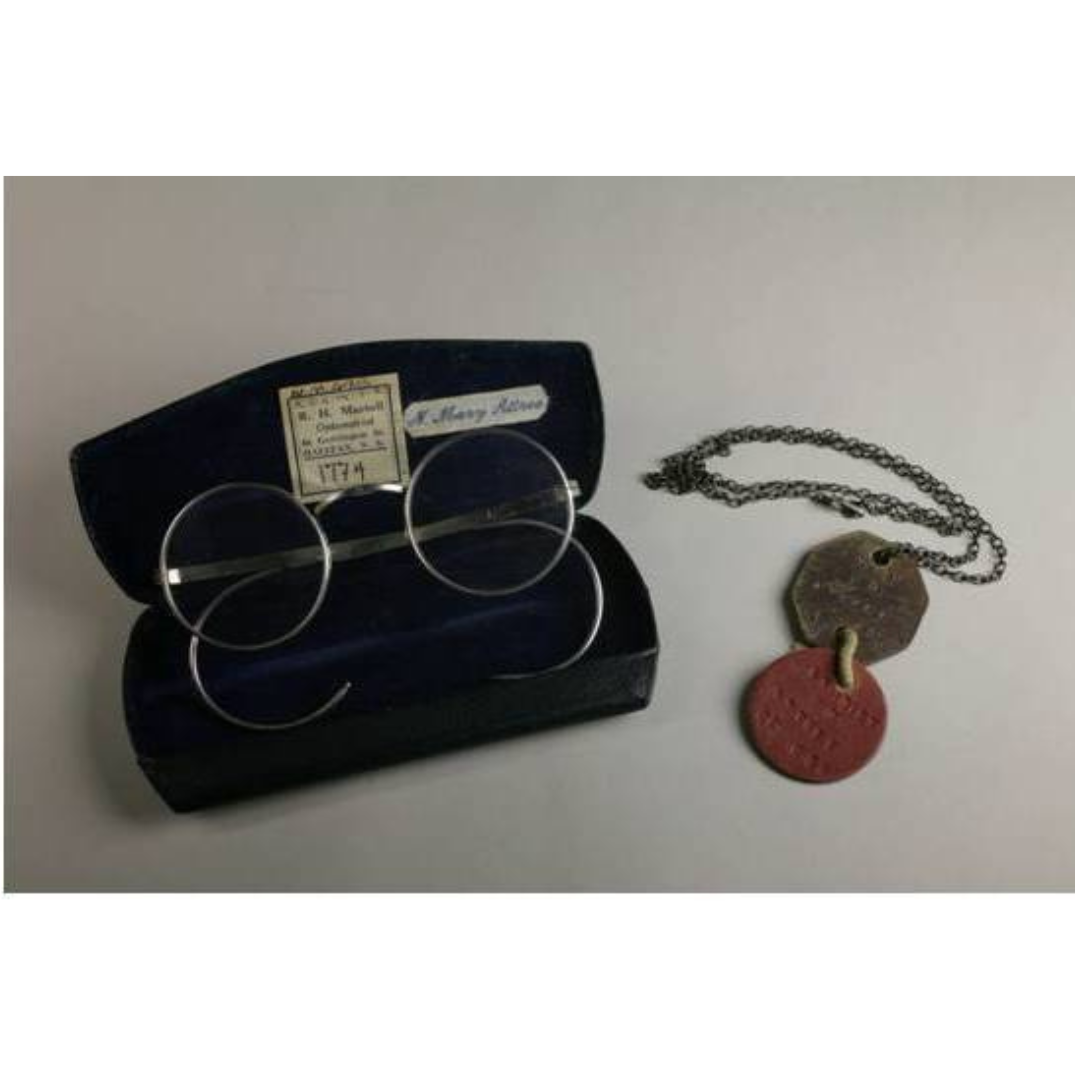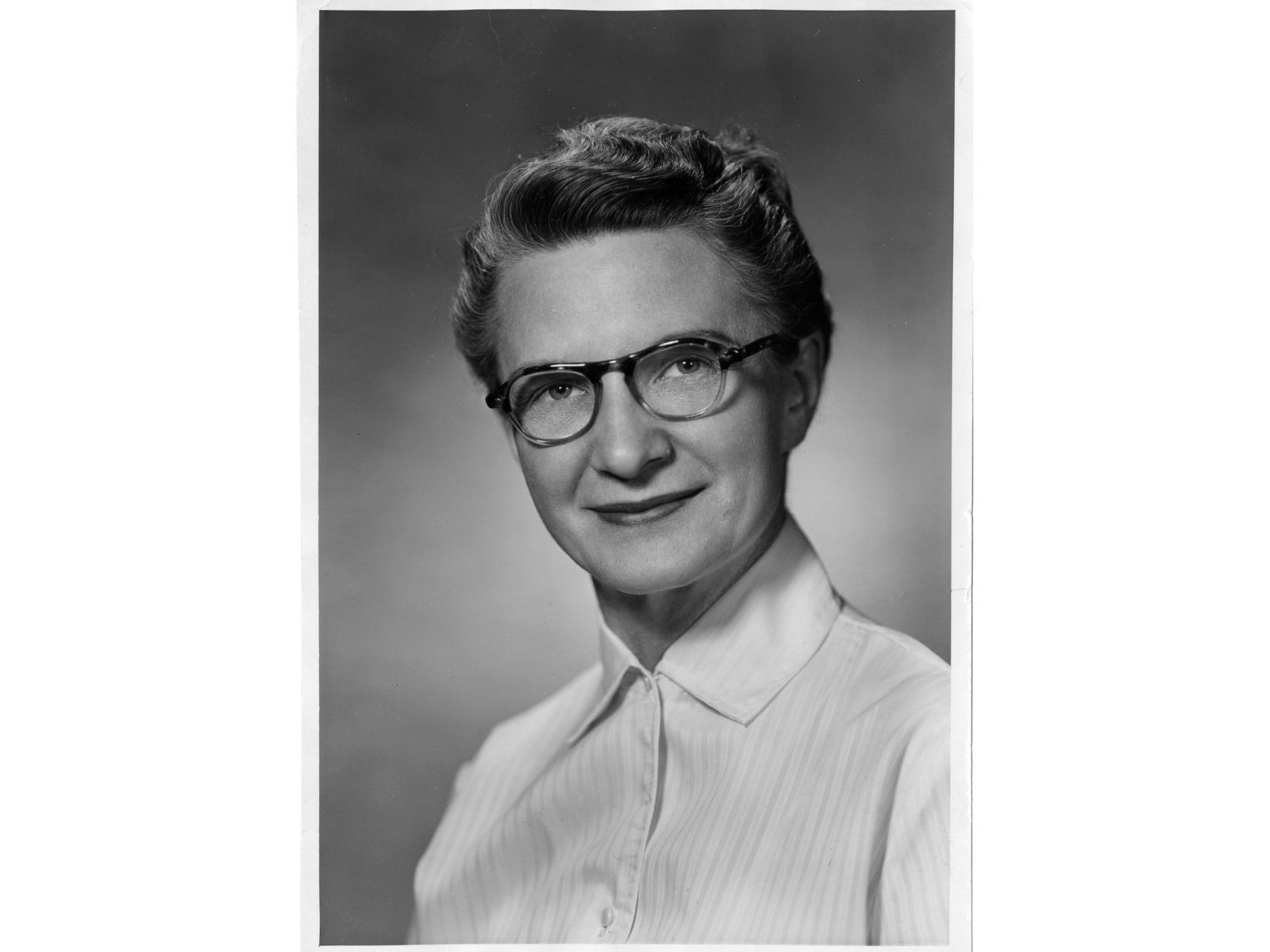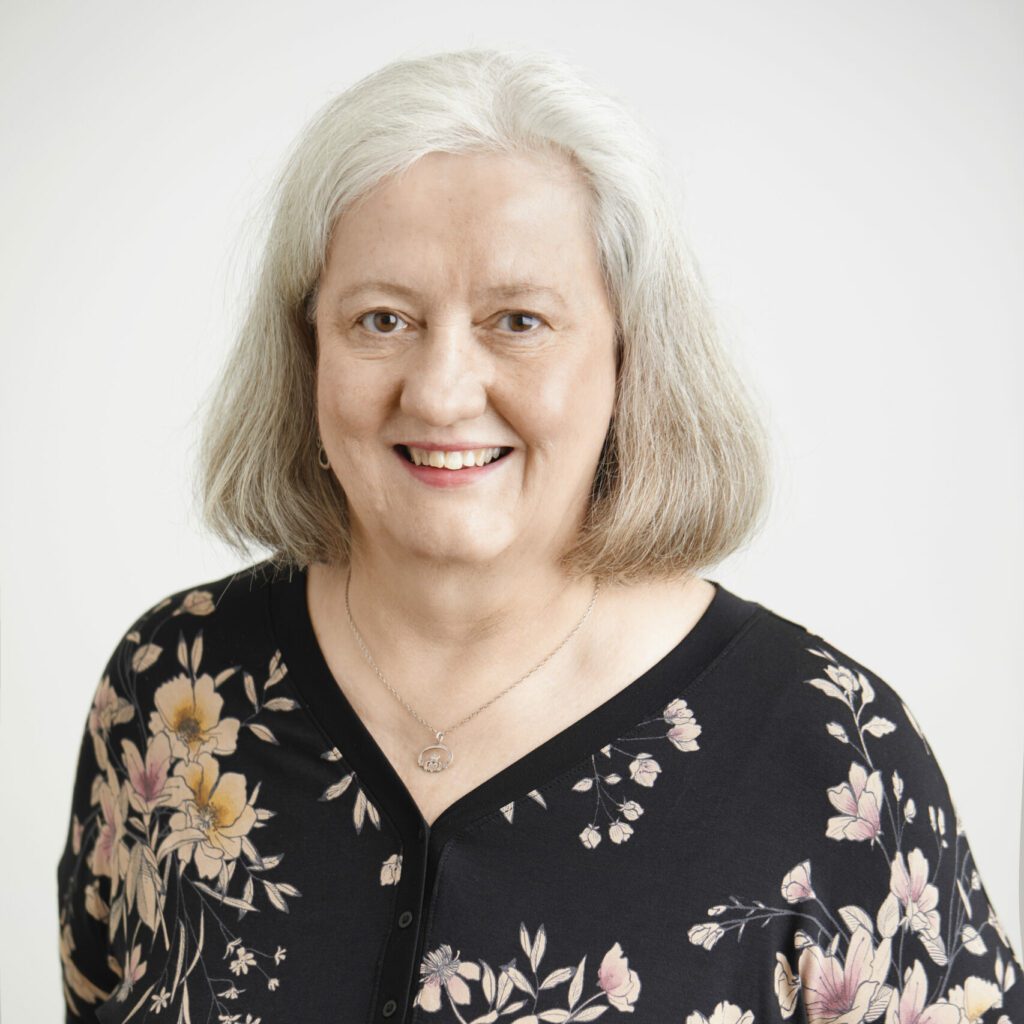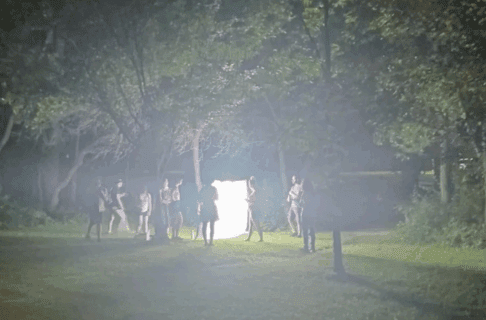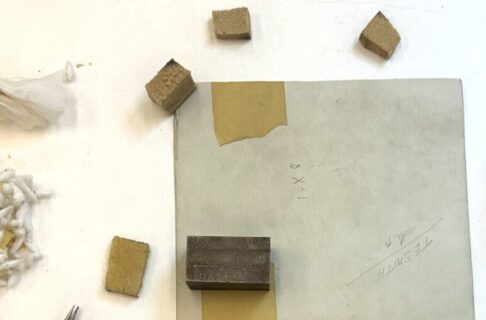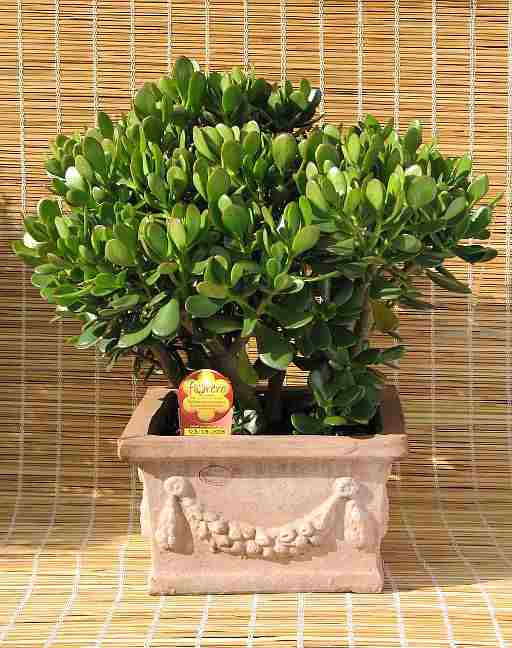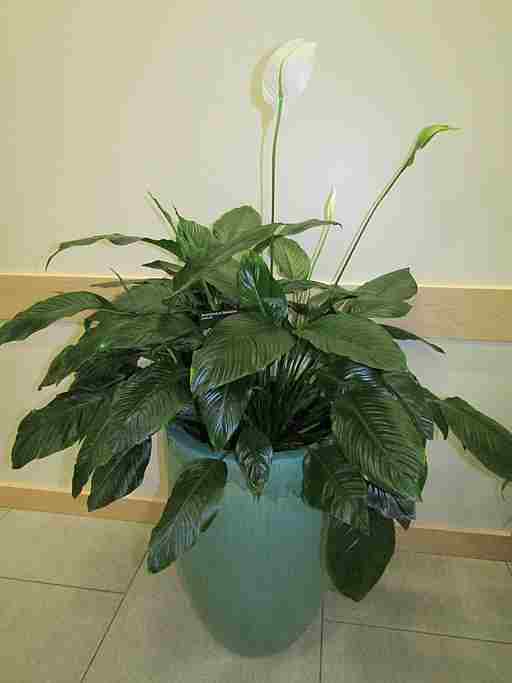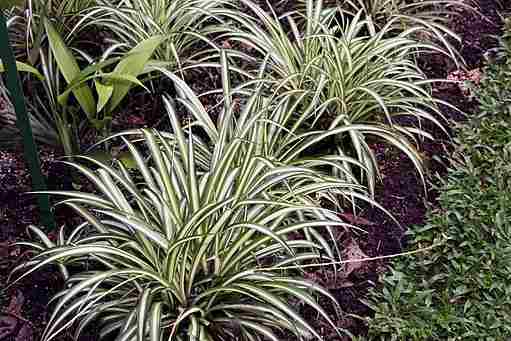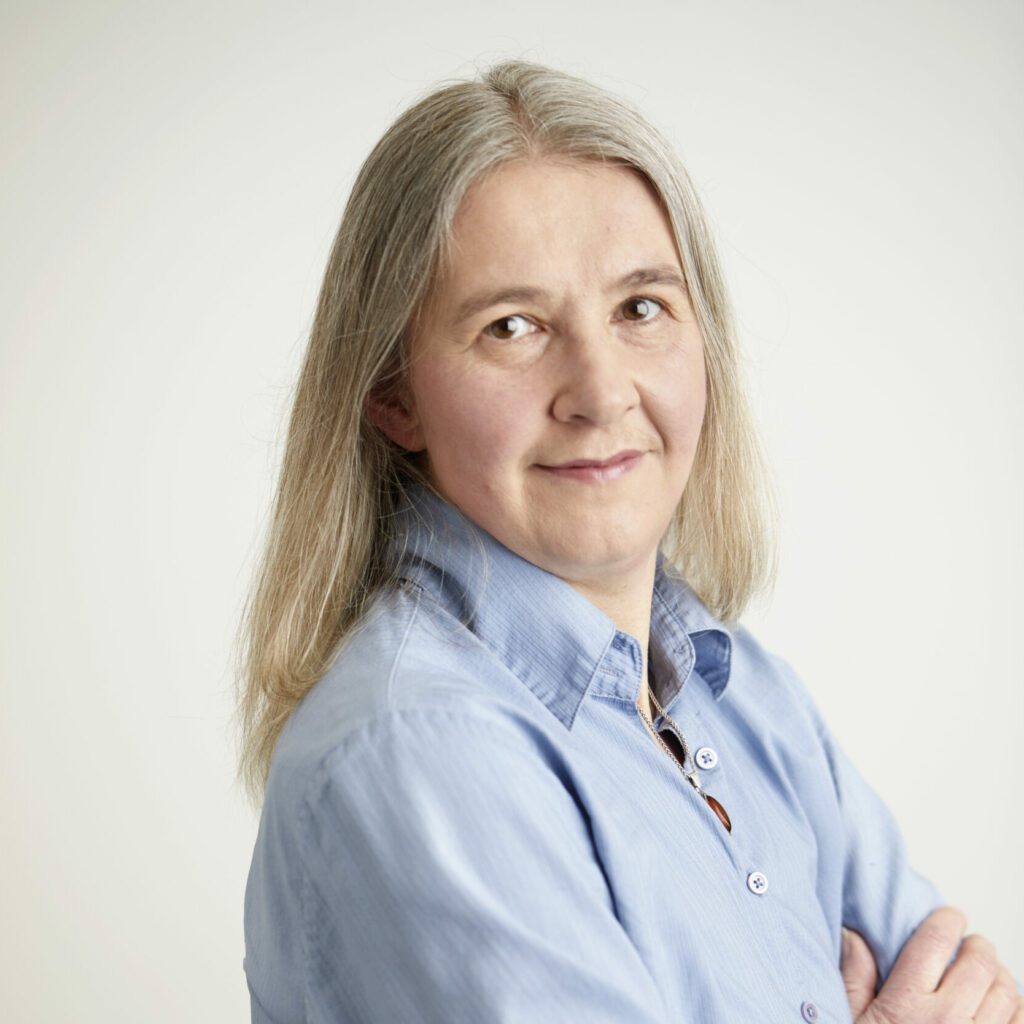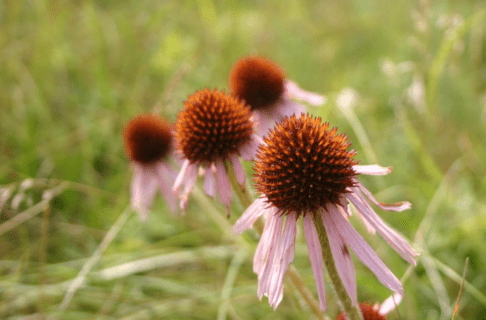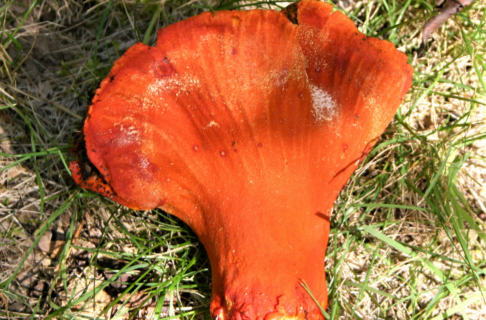Winnipeg, MB (November 30, 2017): The Manitoba Museum’s annual Tribute Gala will honour Abdo (Albert) El Tassi, C.M., O.M., LL.D. and Samira El Tassi on May 24 at the Museum’s Alloway Hall. The El Tassis are widely known and recognized as sincere, passionate donors. They work tirelessly to promote understanding, tolerance and respect across the globe.
“The Manitoba Museum has a tremendous appreciation for those who support our mission, and great admiration for those who give globally as well as in their home community,” says Scott Craig, Chair of the Manitoba Museum’s Board of Governors. “Albert and Samira El Tassi are such donors. The beginning of their story is similar to that of many people coming to Canada for the opportunities our country has to offer. Their ongoing story of generosity and giving back to the community is an inspiration for us all.”
“The world is a much better place thanks to people like Albert and Samira El Tassi. Children are safer, immigrants are supported, families are hopeful, and businesses are encouraged. The support of their global community, through not only financial contributions but generous donations of their time to non-profit organizations, is truly inspiring,” says Dave Angus. “I am proud to Chair the Tribute 2018 Honourary Committee celebrating the El Tassis and their spirit of community support.”
Learning they were to be honoured at the Manitoba Museum’s Tribute Gala, Albert El Tassi said, “Awards and honours mean so much to us because they can motivate other people to do more and help build their drive to improve communities. We are honoured to be recognized for our work and hope our commitments will encourage others to give back to our community.”
Proceeds from Tribute support the Manitoba Museum’s Access for All community initiative, which provides complimentary Museum visits to more than 60,000 individuals living with special circumstances each year. Contributions to Tribute 2018 will provide impact and help the Museum create memorable learning experiences that build pride in Manitoba and tell the province’s essential stories, bridging language, culture, ethnicity and age.
Mr. El Tassi was born and raised in Kherbetrouha, Lebanon, where he was a schoolteacher and principal. He immigrated to Winnipeg in 1969 and his first job was loading trucks at Peerless Garments. In 1975, he became a proud Canadian citizen. He continued at Peerless Garments, working his way up until he was appointed General Manager in 1979 and by 2006, he became President and CEO. Since that time he has increased the company’s annual sales from $3 to $45 million. Mrs. El Tassi was born in Brazil. The couple met when Albert was visiting family in Brazil and they married shortly after, in May of 1976. Three years later she became a Canadian citizen.
The El Tassi’ s have four children and eighteen grandchildren of their own, but have made the world their family and have made the education and well-being of the children of the world a top priority in their giving. They have donated millions of dollars to charities dedicated to improving the lives of children including: Free the Children, Sick Kids Foundation, SOS Children’s Villages Canada, UNICEF, Variety: the Children’s Charity, the United Way, World Vision, International Disaster Relief, Winnipeg Harvest, and Habitat for Humanity. They also support organizations that advance human rights such as the Canadian Museum for Human Rights, University of Manitoba Indigenous Success, the Winnipeg International Storytelling Festival, and many educational institutions.
One of the founders of the Islamic Social Services Association of Manitoba, the Al Hijra Islamic School, the Canadian Islamic Chamber of Commerce and a Mosque in Thompson, Albert and Samira El Tassi are dedicated to their heritage, their faith and their world family. Mr. El Tassi is a member of the Arab Jewish Dialogue group, which helps bolster relations between differing cultures and religions in Canada. They have also sponsored immigrants, providing interest-free loans and university tuition.
Mr. El Tassi’s involvement on corporate and non-profit boards includes: the World Trade Centre, The Winnipeg Foundation, and the Canadian Textile Industry, Manitoba and Winnipeg Chambers of Commerce, Addictions Foundation of Manitoba, St-Boniface Hospital Foundation, and the Canadian Forces Liaison Council.
Mr. El Tassi, with the support of Mrs. El Tassi, has received many awards and honours including: the 2012 Gold Heart Humanitarian of the Year award from Variety, the Children’s Charity of Manitoba, outstanding Philanthropist of the Year in 2013 from the Association of Fundraising Professionals, the Queen’s Golden and Diamond Jubilee Medals, the Orders of Canada and Manitoba, the Canadian Red Cross 2012 Humanitarian of the Year, and Honourary Doctors of Law from University of Manitoba 2013. In recognition of contributions to the community made by their family, a green space on Talbot Avenue was named El Tassi Park in January 2017. Mr. El Tassi was also named Honourary Lieutenant-Colonel of the Royal Winnipeg Rifles and was Honorary Chair of the Manitoba Provincial Committee of the Air Cadet League of Canada. He is the largest personal contributor to the Military Family Fund, which provides support to families of the Canadian Armed Forces.
Tribute 2018 Honourary Committee
Chair: Dave Angus
Members:
Austin C. Abas, FCPA, FCA
Dr. Asim Ashique BSc(Hons), MSc, DC, FCCOS(C)
Gail Asper, O.C., O.M., LL.D.
Mayor Brian Bowman
Doneta Brotchie
Diane Gray
Ibrahim “Obby” Khan, BSc Kin(Hons)
Arthur V. Mauro, O.C., O.M., Q.C.
Larry McIntosh
Priti Mehta-Shah, FCPA, FCA, CBV, CF
Sofia Mirza, BSc (Maj.), BA, LL.B.
Mariette Mulaire, CITP / FIBP
Loren Remillard
H. Sanford Riley, C.M., O.M., LL.D.
The 14th annual Tribute Gala will take place in Alloway Hall on May 24, 2018. For information about reserving tables, buying tickets, Tribute sponsorship opportunities, and/or to make a donation to the Access for All community initiative, please contact Janet Rheault, Corporate Partnerships Manager at 204-988-0629 or email jrheault@manitobamuseum.ca.
-30-
Past Tribute Honourees – Gregg & Mary Hanson (Ambassadors for 2017); Sanford H. Riley (2016); The Winnipeg Foundation (2015); Doug Harvey (2014); Susan Lewis & United Way Winnipeg (2013); Kerry Hawkins (2012); Ambassador Gary Doer (2011); The Chipman Family (2010); Babs & Gail Asper (2009); Kevin & Els Kavanagh (2008); Lawrie Pollard (2007); Murray Taylor & Investors Group Inc. (2006); and George T. Richardson (2005).


